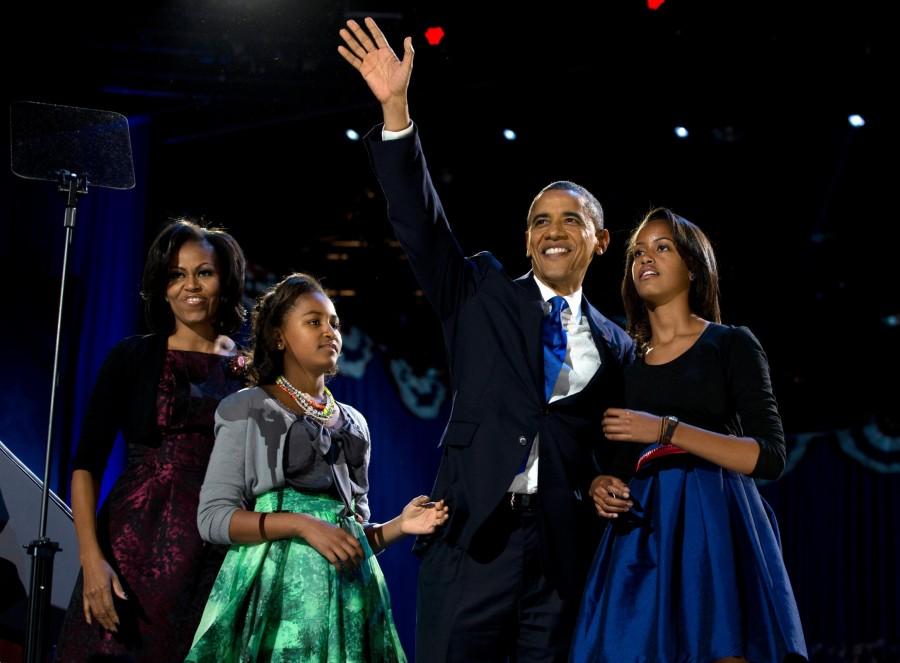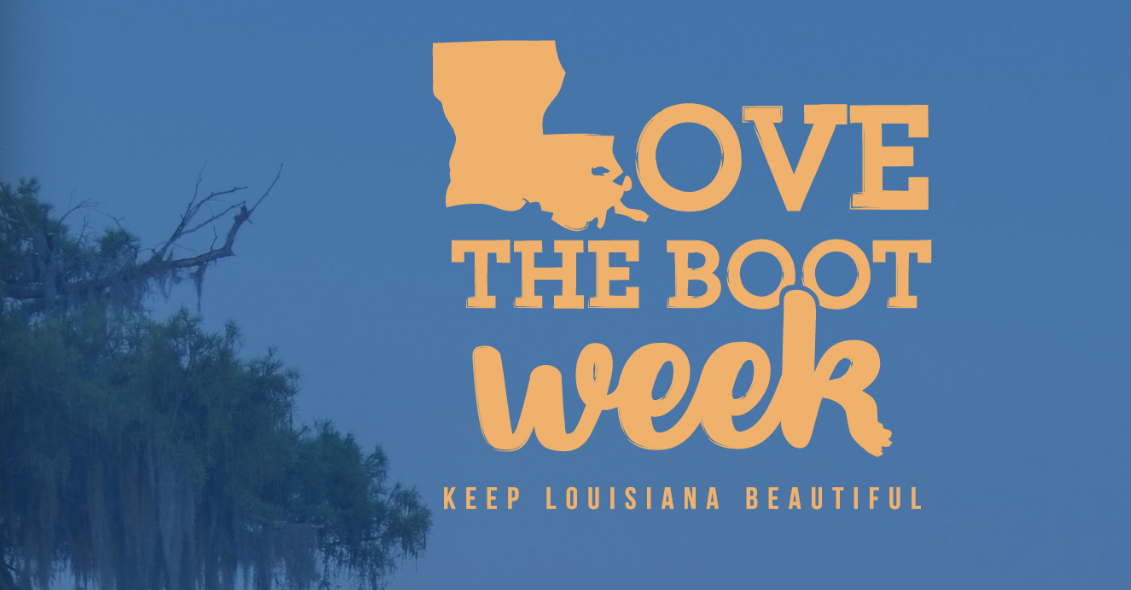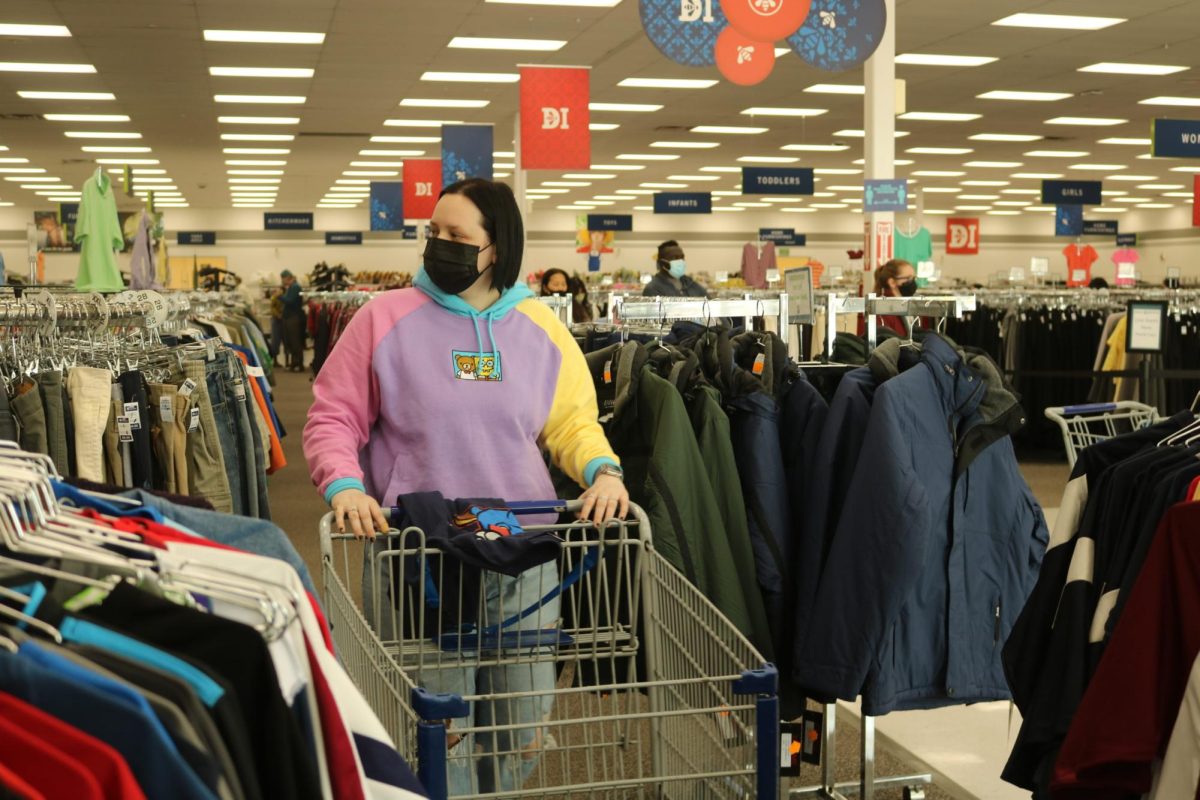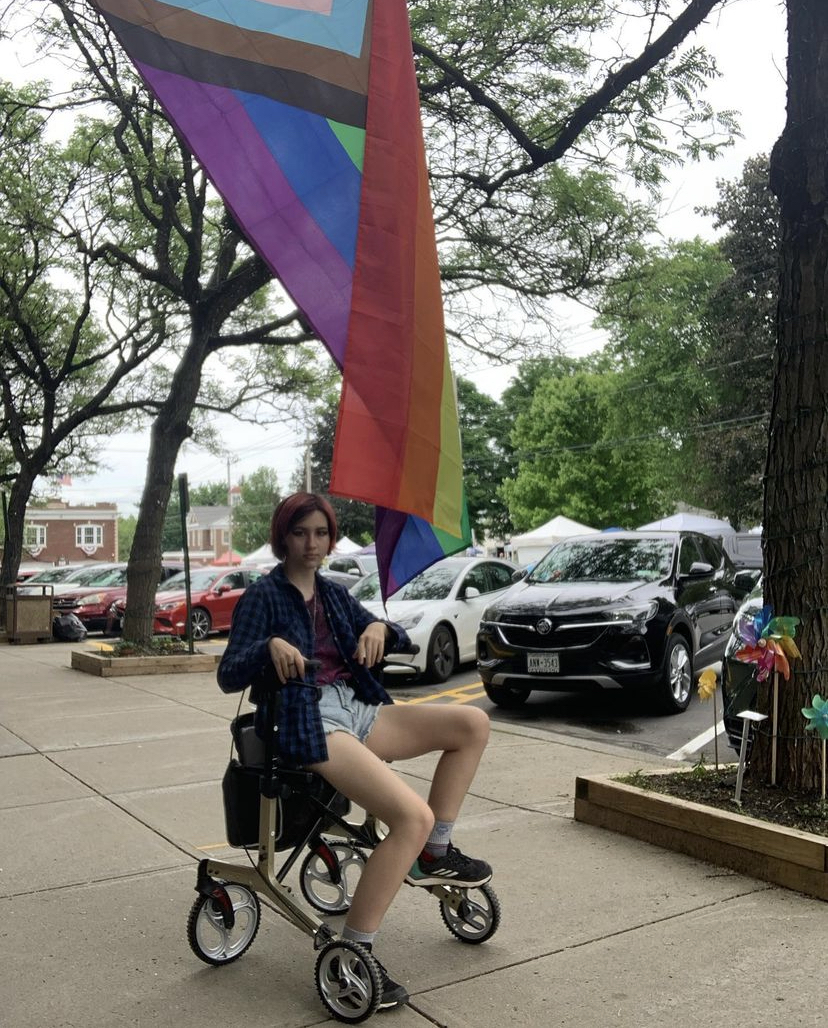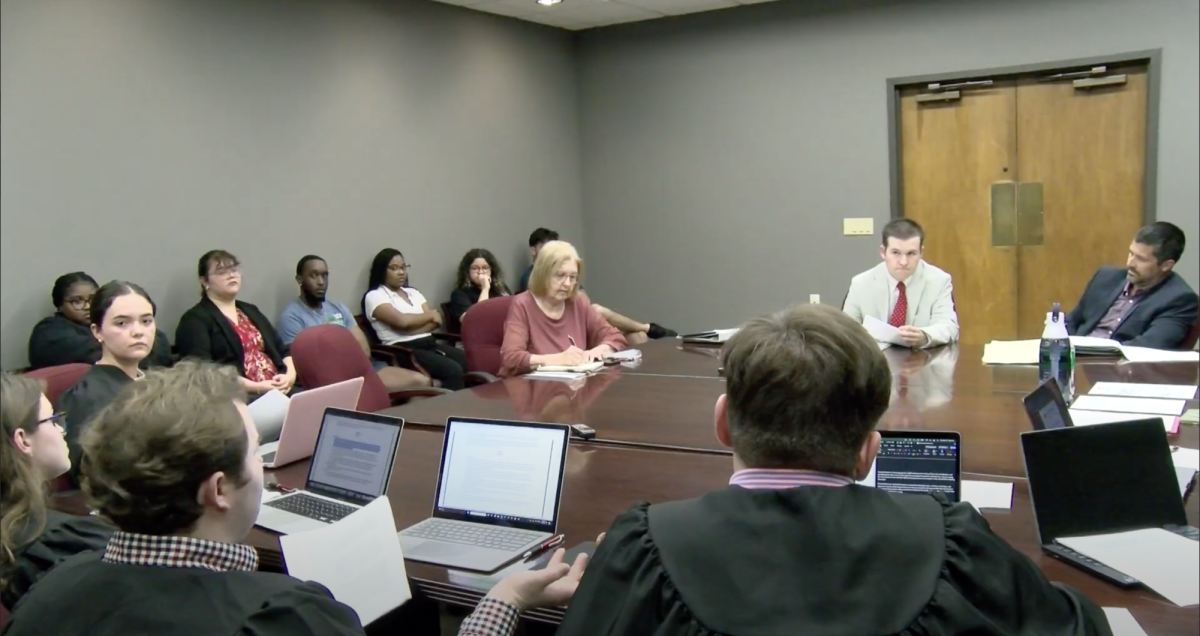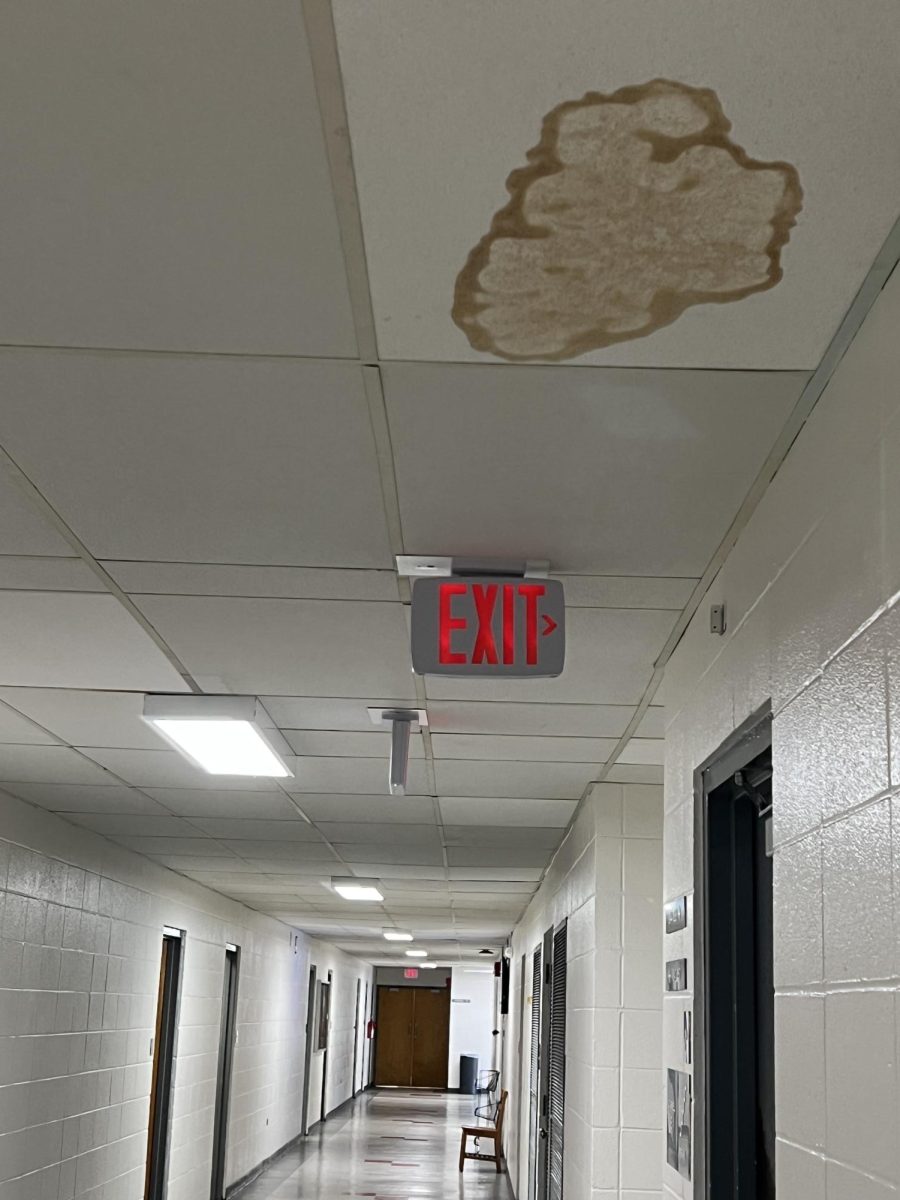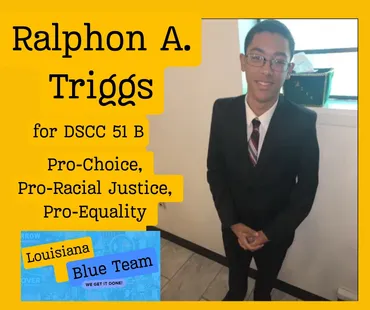President Barack Obama was reelected to four more years in the White House after earning votes from battelground states such as Ohio, Iowa, Wisconsin and New Hampshire.
“You the American people reminded us that while our road has been hard, while our journey has been long, we have picked ourselves up, we have fought our way back ,and we know in our hearts that for the United States of America the best is yet to come,” Obama said at his campaign headquarters in Chicago on Tuesday night.
The American people have endured almost a year of campaigning from both candidates who had their eyes set on the position of commander in chief, and the final decision was narrow.
Travelling many states, persuading many audiences and spending large sums of money are aspects of a political campaign as Americans know it today.
“In recent times, campaigns are certainly longer than they used to be throughout the course of American history,” Paul Wilson, history department head, said.
The advent of technology affected the election with advantages and disadvantages to keep the race interesting with each candidate’s perspectives.
The Wesleyan University Media Project found this year’s campaign ran 40 percent more ads from June 1 to Oct. 29, compared to the same time period when President Obama ran against John McCain in 2008.
President Obama’s and Republican Candidate Mitt Romney’s presidential campaigns, their political parties, and their allied independent groups aired 1,015,615 ads from the beginning of June until the end of October.
Obama and Romney spent a combined $1 billion on advertising, according to the study, and the average voter donations have doubled from the 2000 election year from an $18 campaign pledge to an estimated $42 in 2012.
A week before the election, the polls were deadlocked with each candidate at a 47 percent approval rate. The Pew Research Center’s final poll this weekend shows that Obama was in the lead with 50 percent of the popular vote, while Romney had 47 percent.
Obama and Romney spent the day before the election campaigning to states that may hold the most control and remain the competitive edge in this year’s election.
Romney visited Florida, Virginia and New Hampshire, while Obama stopped in Wisconsin and Iowa. The most important of the 50 states for both candidates was Ohio.
Celebrities publicized their support for each candidate on the final day of the campaign trail. For Obama’s final campaign moments, Bruce Springsteen and Jay-Z joined him on the stage in Wisconsin, while Kid Rock showed his support for Romney in New Hampshire.
“Whenever you can use celebrities and persuade public opinions, it’s beneficial,” Wilson said. However, he said Republicans have not been as effective with the use of celebrities as Democrats because there are not as many conservative celebrities out there.
Despite the new and revitalized efforts Obama and Romney put into their campaigns, the coverage each candidate received in mainstream news and through social media outlets remained negative for the most part.
The Pew Research Center reported that overall coverage for Obama from Aug. 27 through Oct. 21 was 19 percent positive, 30 percent negative and 51 percent mixed.
Romney’s coverage was 15 percent positive, 38 percent negative and 47 percent mixed.
Each candidate received similar coverage during the campaign, with Obama headlining 69 percent of the stories and Romney the focus of 61 percent of the stories. The slight increase in Obama’s coverage is a result of the discussion of his presidency.
Broadcast media channels such as MSNBC and Fox News are known for their biases towards political parties. The Pew Research Center concluded that 71 percent of coverage about Romney on MSNBC was negative and only 3 percent was considered positive. On Fox, 46 percent of the coverage about Obama was negative while 6 percent of the coverage was positive.
Campaigning for each candidate has been in full force since February, and after nine months on the campaign trail, a poll by the Pew Research Center revealed that 57 percent of people already felt the campaign process was too long at the beginning of January.
“It’s unfortunate because I do think we need a break from the coverage,” Wilson said. “I would imagine whoever loses, the press will already start talking about potential presidential candidates for the next election in 2016.”
Although election coverage is not over since discussion of the winner will continue, both Americans and candidates can take a breath of relief that Election Day 2012 has passed.
“I think both candidates are looking for a break, and both will be relieved to some degree when this is over, even though one will be disappointed.”
Obama Wins
Media influenced campaigns more than past elections
Channing Parfait
•
November 8, 2012
President Barack Obama waves as he walks on stage with first lady Michelle Obama and daughters, Malia and Sasha, at his election night party Wednesday, Nov. 7, 2012, in Chicago. Obama defeated Republican challenger former Massachusetts Gov. Mitt Romney.
Leave a Comment
More to Discover


